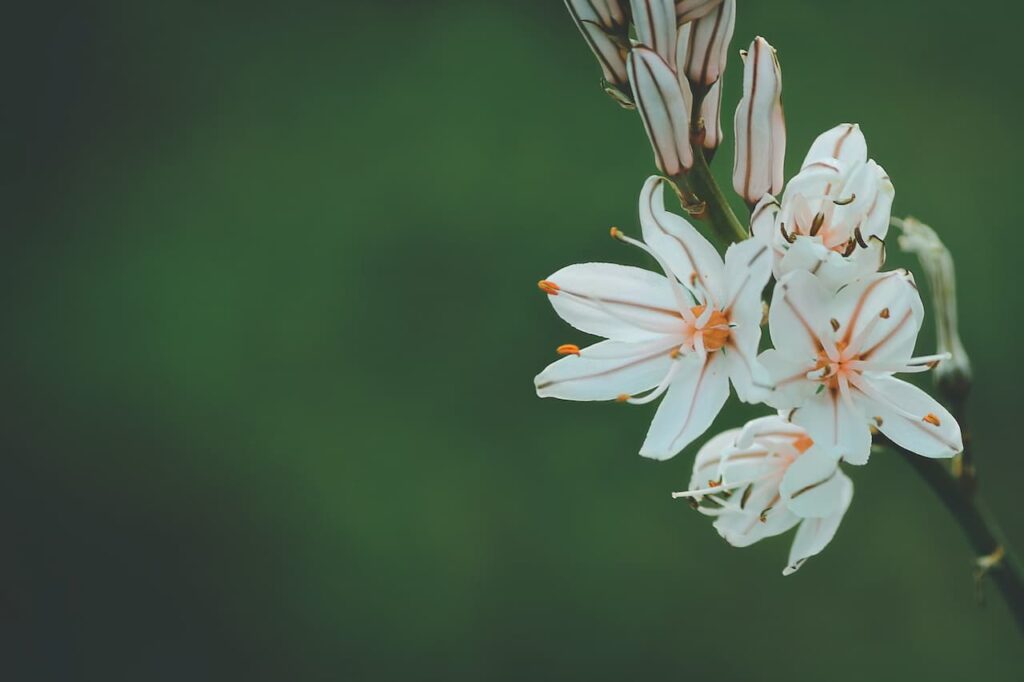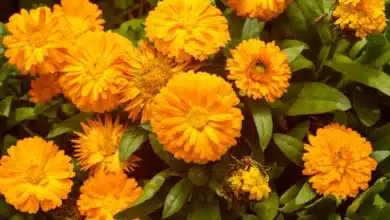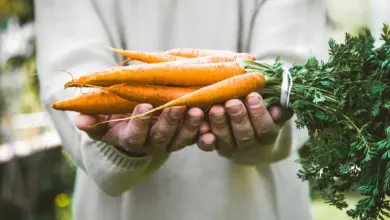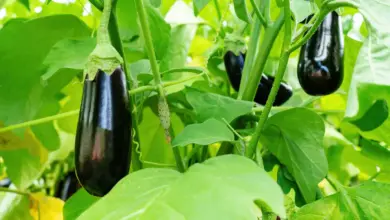Peanut Butter, Glass, and WOW!
Once you have inadvertently backed into or brushed up against the Honey Bush, you never forget that Peanut Buttery goodness of fragrance. It’s so intense! Plus, that powdery blue, ultra-textured foliage is so tropical and lush in the garden, it can be compared to none other.
Later, if we have some great spring warmth, this plant blooms with burgundy, nectar-abundant flowers that the birds adore.
I’m so excited about this particular plant because it’s a brand new Dan Hinkley introduction by Monrovia and it should be a hardier plant than previous ones that I’ve bought as “annuals” here in my zone 7 climate. Typically, I would have to overwinter them in the garage, so this will be a fun experiment. Monrovia advises that this plant is best for zones 7-11.
Monrovia also recommends planting this one a bit deeper for better hardiness, so that should help too. With great drainage and partial to full sun, this plant will get the oomph it needs to build a strong base before winter. In warmer climates, they are saying this new one will be evergreen, whoo-hoo!! Dan Hinkley is THE MAN!
This one can get as tall as 8 feet. In the container that I will use it in this season, it will likely get about half that high, but that is just dandy with me. This Honey Bush is going into a teal pot that stands out over these lovely glass rocks of similar tones. I can’t wait to see it get fat and full!






